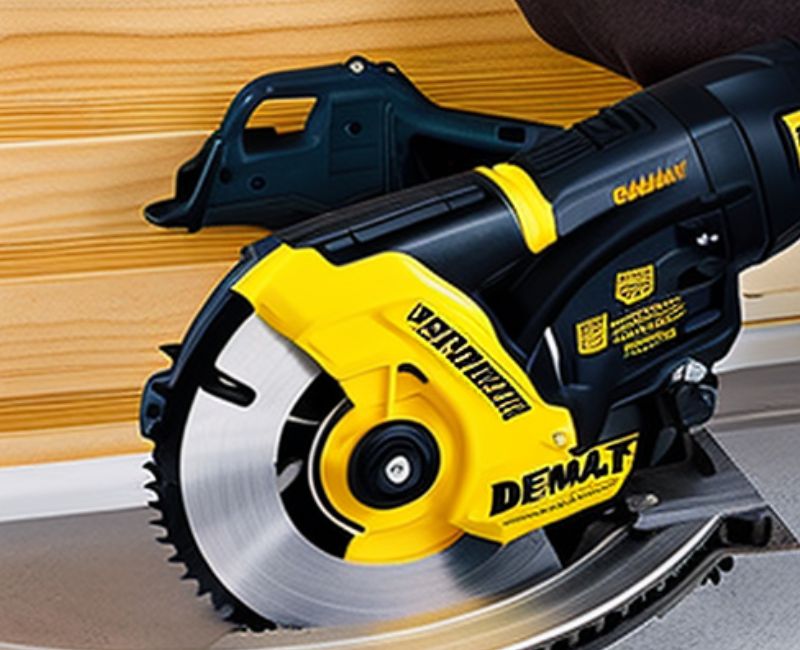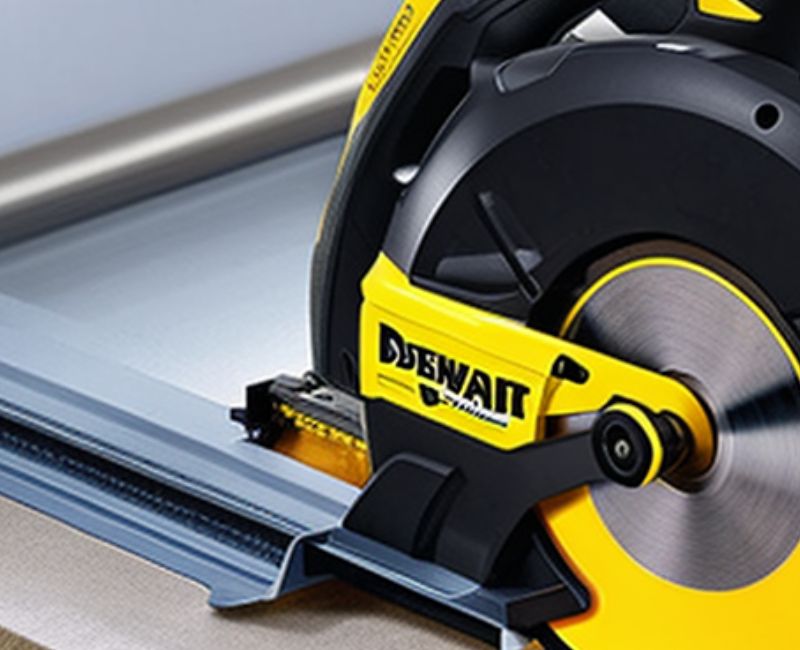Beautiful Plants For Your Interior
Beautiful Plants For Your Interior
The bore size of a DeWalt circular saw is 1-1/4 inches.
As a DIY enthusiast, I have always been fascinated by the different types of power tools available on the market. One of my favorites is the DeWalt circular saw, a powerful and versatile tool that has become an essential part of my toolkit. But one of the most important questions I have faced while using this saw is, “What is the bore size of a DeWalt circular saw?”
In this blog, I will walk you through the process of choosing the right bore size for your DeWalt circular saw, as well as the benefits of using the right size bore. I will also provide a comparison of different bore sizes and a step-by-step installation process for the correct bore size. Finally, I will discuss some potential issues related to bore sizes.
So, if you’ve ever asked yourself, “What is the bore size of a DeWalt circular saw?” then this blog is for you. Read on to learn more about this important aspect of power tools.
When it comes to choosing the right bore size for your DeWalt circular saw, there are a few things to keep in mind. First, the bore size should be directly proportional to the diameter of the blade.
If you choose a bore size that’s too small, your saw won’t be able to cut through materials as efficiently. On the other hand, a bore size that’s too large can cause excessive vibration and can also make your work inaccurate.
The next thing to consider is the type of material you’re working with. If you’re using hardwood such as oak or maple, a larger bore size may be better.
However, if you’re cutting softer woods or plywood, a smaller bore size is ideal. Additionally, if you’re using a thin-kerf blade, a slightly larger bore size may be necessary.
Finally, it’s important to take into account the power of your saw. If you’re using a higher-powered saw, you may need a larger bore size to ensure that the saw is able to handle the job properly. Conversely, a lower-powered saw may require a smaller bore size.
Ultimately, the best way to determine the correct bore size for your DeWalt circular saw is to experiment with different sizes and see what works best for you. With the right bore size, you’ll be able to get the most out of your saw and make precise and accurate cuts.
When it comes to picking the right DeWalt circular saw for your project, it’s important to understand the different bore sizes that are available. Knowing the bore size of your saw is vital for the proper operation of your tool.
The most common bore size for a DeWalt circular saw is 5/8”, which is suitable for most applications. For heavier-duty work, DeWalt offers a 7/8” bore size. This larger bore size allows for a deeper cut and increased torque, making it ideal for more intensive projects.

For more specialized projects, there are other bore sizes available. DeWalt also offers a 1” bore size, which is designed for use with large or deep cutting blades. For even more specialized projects, a 1-1/2” bore size is available, allowing for the use of large, high-performance blades.
When it comes to selecting the right saw for your project, understanding the bore size is the key to finding the right tool for the job. DeWalt offers a variety of bore sizes to suit different applications, so make sure you understand your needs before selecting the right saw for you.
When it comes to using a DeWalt circular saw, the bore size is critical for ensuring your project turns out correctly. Getting the right size bore for the job is essential for giving you the best results. Here are a few of the benefits of using the right size bore for your DeWalt circular saw:
Using the right size bore for your DeWalt circular saw is essential for any project. Not only does it ensure accuracy, efficiency, and safety, but it also gives you peace of mind knowing your work will turn out the way you want it. So, when you’re working with a DeWalt circular saw, make sure you’re using the right size bore.
When it comes to choosing the right DeWalt circular saw for your project, you’ll need to consider the bore size. The bore size is the diameter of the hole in the saw blade and is measured in inches. Different DeWalt models feature different bore sizes, and each size offers its own unique advantages.
For instance, the DeWalt DCS387 has a bore size of.6 inches, making it great for cutting through thin materials like plywood, MDF, and particleboard. On the other hand, the DeWalt DCS575 has a bore size of 1.5 inches, which is ideal for cutting through thicker materials like hardwoods and metals.
When choosing a DeWalt circular saw, it’s important to consider both the material you’ll be cutting and the bore size. If you’re working with thin materials, you’ll want to go with a saw with a smaller bore size, like the DCS387. If you’re working with thicker materials, then you’ll want to opt for a saw with a larger bore size, like the DCS575.
No matter what type of material you’re cutting, DeWalt has a saw with the right bore size for the job. With its range of different bore sizes, DeWalt is sure to have a circular saw that will meet your needs.
Installing the correct bore size for your DeWalt circular saw is an important step in ensuring the best performance from your tool. To find the correct bore size, start by measuring the outer diameter of the blade.
Generally, the measurement that falls between two sizes should be rounded up to the larger size. Once you’ve determined the correct bore size, the next step is to purchase the correct parts.
The most important part of the installation process is to make sure the bore size you purchased fits the saw. To do this, you’ll want to insert the outer bearing into the saw’s mounting hole. If the bearing fits snugly, it means you have the correct bore size. If the bearing doesn’t fit, you’ll need to purchase a different size.
Finally, the last step is to attach the blade to the saw. This is done by placing the blade into the saw’s arbor and then locking it into place. Once the blade is securely attached, you can begin using your DeWalt circular saw.
By following the steps outlined above, you can make sure that your DeWalt circular saw is installed with the correct bore size. This will ensure that your saw functions correctly and safely, allowing you to make the most of your work.
When selecting a DeWalt circular saw, it’s important to know the bore size. However, it’s also important to consider the potential issues related to bore sizes. For instance, if the saw is too small, it won’t be able to handle the job. The same is true if the saw is too large.

Another potential issue related to bore sizes is compatibility. Different saws have different blade sizes, and the bore size must match the size of the blade. If the bore size is incorrect, the saw won’t be able to use the blade.
Finally, the type of material being cut is an important factor to consider when selecting the bore size of a DeWalt circular saw. For instance, a smaller bore size is suitable for softer materials, while a larger bore size is better for cutting harder materials.
In conclusion, when selecting a DeWalt circular saw, it’s important to consider the potential issues related to bore sizes.
By taking the time to understand the saw’s size, compatibility, and the type of material being cut, you can be sure to make the best choice for your needs.
The bore size of a DeWalt circular saw is either 5/8 inch or 1 inch. The exact size of your saw depends on the model. Most DeWalt circular saws have either a 5/8-inch or 1-inch diameter bore size, but always double-check before purchasing blades.
DeWalt circular saws are available in a range of bore sizes, including 5/8 inch, 1/2 inch, and 7/8 inch. Depending on the model, some DeWalt saws may use a different bore size. Be sure to check the specifications of your saw to determine the correct size for your project.
Using the right bore size for your DeWalt circular saw offers several advantages. The right bore size ensures the blade’s stability, reducing vibration and providing accurate, safe cutting. It also maximizes the performance of the saw, allowing you to achieve the best possible results with each cut.
Additionally, the correct bore size allows you to make use of the saw’s full features and capabilities, maximizing its value and helping to extend its lifespan.
To install the correct bore size for your DeWalt circular saw, check the manual for the size of the arbor and then purchase the right size. Make sure the bore size of the saw blade matches the size of the arbor. Be sure to use the correct size screw or wrench to secure the blade in place.